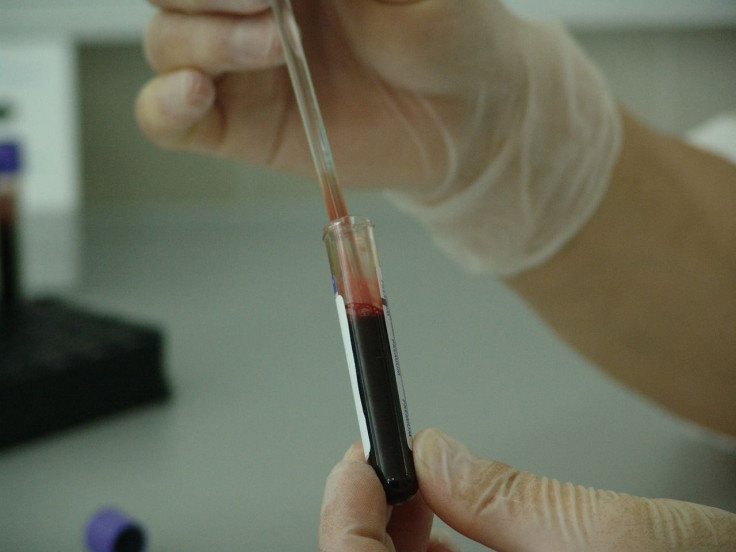NIH Opposes FDA Move, Says Convalescent Plasma Treatment Not Recommended For COVID-19 Patients
KEY POINTS
- The FDA issued an authorization to treat COVID-19 patients with convalescent plasma
- The NIH, however, stated there was no evidence to support the FDA decision
- The FDA based its issuance of the authorization on separate preliminary studies conducted by Mayo Clinic and a group of Chinese scientists
National Institutes of Health (NIH) scientific advisers disagreed with the assertions of the Food and Drug Administration (FDA) that convalescent plasma helps in treatment of hospitalized COVID-19 patients.
The COVID-19 Treatment Guidelines Panel, which is part of the NIH, said in a statement there is not enough evidence to back the treatment hyped by the current administration. This comes less than 10 days after the FDA issued an Emergency Use Authorization (EUA) allowing the convalescent plasma treatment on COVID-19 patients.
In the statement published on the NIH website, the panel noted the FDA issued an EUA on Aug. 23 for convalescent plasma treatment. However, when the NIH's panel examined the available evidence from both published and unpublished convalescent plasma data for COVID-19 treatment, including the analysis of the FDA which supported the EUA, they did not find any data that demonstrated or supported the safety and efficacy of the said treatment.
The NIH criticism of the FDA's assertion prompted several medical professionals, such as California's Scripps Research Translational Institute director Dr. Eric Topol, to also express their opinion on the matter. In a tweet Tuesday, Topol talked about the statement made by the NIH panel which is in contrast to what others claim as a "very historic breakthrough" and "lifesaving" feature of convalescent plasma, CNBC News reported.
A new and important statement by @NIH that is in sharp disagreement with the "very historic breakthrough" and "lifesaving" impact of convalescent plasma by @SteveFDA @SecAzar @realDonaldTrump https://t.co/k2kAHMqHh0 pic.twitter.com/giSnjO4VKa
— Eric Topol (@EricTopol) September 1, 2020
He tagged FDA Commissioner Dr. Stephen Hahn, U.S. Department of Health & Human Services Secretary Alex Azar, and President Donald Trump in his tweet. Topol tweeted that everyone should thank the NIH panel for stressing the truth even though it is in sharp disagreement with the White House narrative.

The FDA based its EUA issuance on findings of a couple of preliminary studies on convalescent plasma. One of the studies was conducted by Mayo Clinic researchers while the other was by Chinese scientists and published in the Journal of the American Medical Association in August.
The Mayo Clinic study made comparisons on patient subgroups receiving either a huge or small concentration of COVID-19 antibodies that the plasma contained. Researchers of this particular study suggested convalescent plasma treatment provided some benefits to hospitalized patients who were not placed on ventilators. The findings, however, noted there was no substantial change in terms of death rates.
The researchers part of the Chinese study claimed the treatment improved the condition of a specific group of patients, namely those who were admitted to hospitals due to breathing difficulties but did not need ventilators. The study did not specify whether the plasma treatment helped victims survive COVID-19.
According to an article published on the Mayo Clinic News Network, more than 71,000 COVID-19 patients in the United States have received convalescent plasma treatment. The NIH panel clarified the treatment must not be regarded as a standard of care until more robust researches have been conducted, which include randomized and placebo-controlled clinical tests that are regarded as the gold standard in treatment trials.
The NIH panel also assured it will keep on assessing evolving clinical data on convalescent plasma use in treating COVID-19 patients and promised to update the section on the convalescent plasma in their COVID-19 Treatment Guidelines in the future.
© Copyright IBTimes 2024. All rights reserved.





















